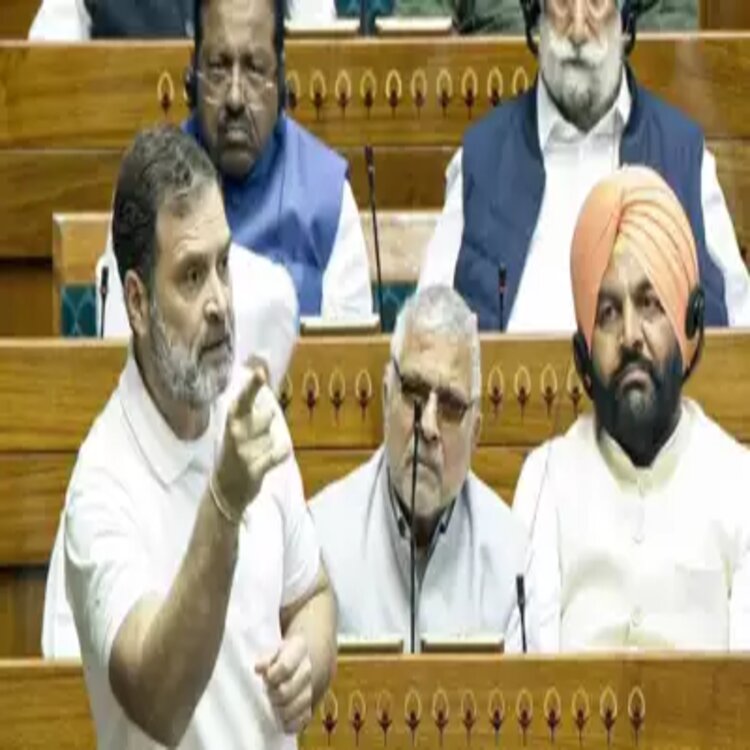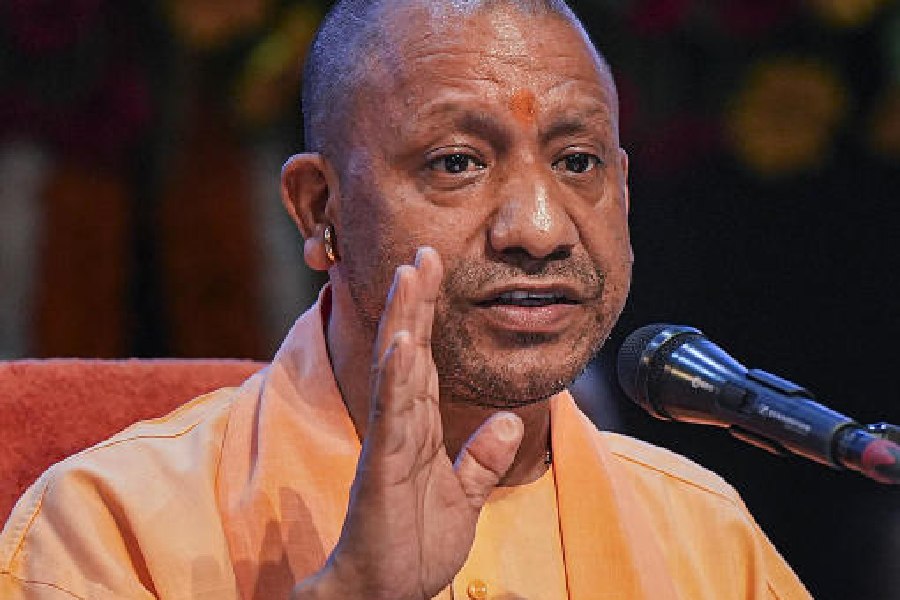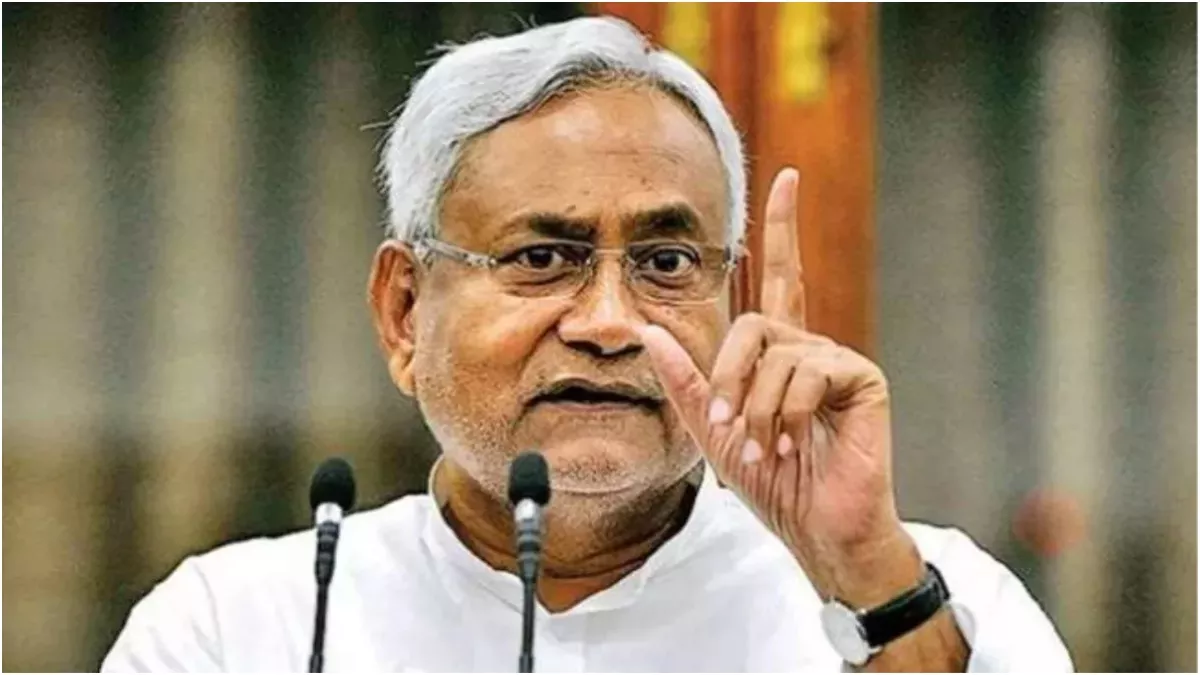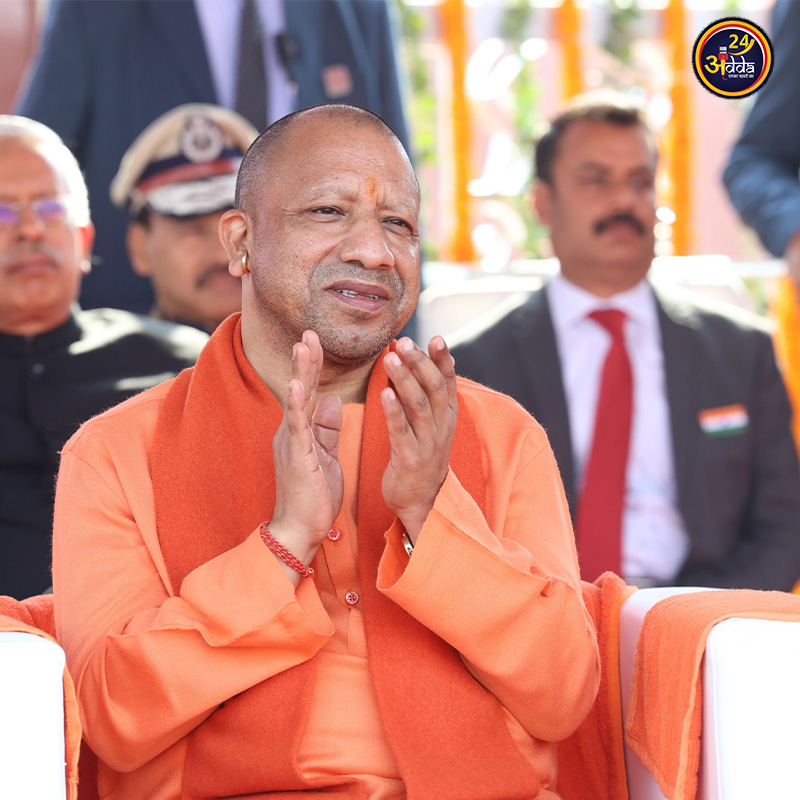Make in India: A Grand Failure or Political Rhetoric?
Editor : Rishi | 04 February, 2025
Recent comments on Modi Government

Source or Copyright Disclaimer
Rahul Gandhi’s recent statement in the Lok Sabha, accusing the Modi government of failing to secure India’s borders and of economic mismanagement under the ‘Make in India’ initiative, has once again sparked a debate on the effectiveness of the current administration. His remarks—asserting that China is sitting inside our country because of the failure of ‘Make in India’—warrant serious scrutiny, as they expose glaring shortcomings in the government’s policies.
Launched in 2014, ‘Make in India’ was envisioned as a transformative program to boost manufacturing, create jobs, and reduce dependency on imports. However, a decade later, the results paint a different picture. The manufacturing sector’s contribution to GDP has stagnated around 15-16%, far from the ambitious target of 25% that was initially set.
The government has failed to create a robust infrastructure to support domestic industries. High taxation, bureaucratic red tape, and inconsistent policy frameworks have discouraged foreign investments. Instead of India becoming a global manufacturing hub, the country continues to rely heavily on imports, particularly from China. The trade deficit with China has widened, further strengthening Beijing’s economic dominance.
Rahul Gandhi’s assertion that China has encroached on Indian territory due to the failure of ‘Make in India’ is not just political posturing—it reflects a larger issue of misplaced priorities. While the government has taken a tough stance on China rhetorically, the ground reality contradicts its claims. Reports suggest that Chinese troops have continued their incursions along the Line of Actual Control (LAC), raising questions about India’s strategic response.
Despite the heightened tensions, India’s dependence on Chinese imports remains alarmingly high. Even after the Galwan clash in 2020, India’s imports from China have surged, touching record levels. From electronic goods to pharmaceuticals, India remains critically reliant on Chinese products. The government’s failure to build self-sufficiency contradicts its nationalist rhetoric, making India vulnerable both strategically and economically.
One of the biggest promises of ‘Make in India’ was employment generation. Yet, unemployment in India is at a four-decade high, with the youth struggling to find stable jobs. The manufacturing sector, which was supposed to be the backbone of employment, has not expanded as expected. Instead, labor-intensive industries are struggling due to poor infrastructure, lack of skilled labor, and unpredictable policy changes.
Small and Medium Enterprises (SMEs), which form the backbone of Indian manufacturing, have suffered due to government apathy. The haphazard implementation of GST and the economic shock of demonetization further crippled these industries, causing massive job losses.
‘Make in India’ was an ambitious initiative with noble intentions, but its execution has been marred by inefficiencies, lack of foresight, and poor governance. The Modi government’s failure to reduce economic dependency on China while failing to counter its border aggression has exposed the hollowness of its claims. If India truly wants to become self-reliant, it needs concrete policy reforms, improved ease of doing business, and a genuine effort to boost domestic manufacturing—rather than empty slogans and failed promises.




